By Petra Weinmann from the Centre of Alternative Technology
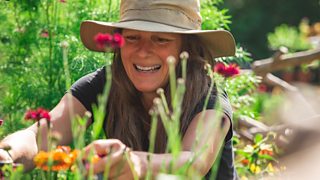
Do you want to create a wildlife haven to help nature thrive in your neighbourhood? As a Gardener at the , here are my top ten tips for gardening on the wild side in any outdoor space.
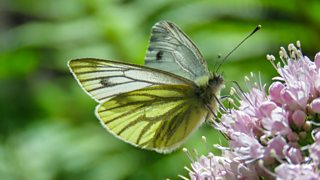
1. No more chemical warfare
Using herbicides and pesticides in our outdoor spaces is a short-term solution that can have long-term damaging impacts for wildlife, insects and whole ecosystems. Ask yourself - do I need to rid my garden of every weed or protect every rosebush from aphids? Letting a little wilderness in can help to foster a healthy balance between prey and predator insect species. So try to ditch the chemicals, grow more wild flowers, berries, seeds, make compost and welcome unkempt corners and brash piles as a sign of a healthy garden! These are the things that bring a natural harmony to any outdoor space.

2. Don’t rush into autumn tidying
Wild things need places to hide and hibernate over winter. Mouldering vegetation is perhaps not the height of beauty, but it does provide shelter and nourishment for all sorts of animals and fungi. Skip the traditional autumn tidy altogether, or keep within reason. Leaves can be left on borders over winter to form a protective mulch. If, like me, you need some areas (or pots) to look less dishevelled, you can remove leaves and make leaf mould to return to the soil as mulch. It takes a couple of years to get going, but then you’ll have a regular supply. I also leave most herbaceous plants untouched until the spring, but if you really want to cut them back tie your cuttings into bundles. These can be used as mulch around trees and shrubs, where the hollow stems continue to provide shelter for overwintering insects.
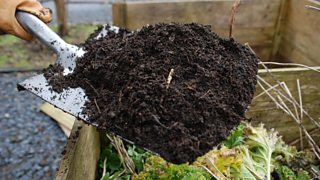
3. Feed the living soil
A huge part of a garden’s biodiversity is underground in the form of worms, nematodes, insects, fungi and microbes. Caring for the soil is the heart of sustainable gardening. If the subterranean wildlife is happy, the soil will be healthy, plants will thrive, and positive effects will ripple through the food chain to birds and small mammals. Compost, manure, leaf mould and organic mulches are all great ways to feed the soil and all the creatures in it. Synthetic fertilisers boost plant growth spectacularly, but they by-pass this living ecosystem, leading to the soil’s depletion, so compost all you can! If you have space and time all waste from the garden can be composted - weeds, leaves, grass cuttings or woody prunings. You can fit a compost bin into the smallest of gardens, even a balcony has room for a worm bin. It’s important; it’s the heart of the matter!
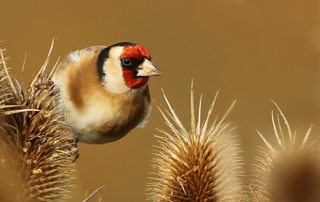
Image by Steve Roach
4. Grow your own bird food
Bringing birds into the garden is all about providing good food and shelter. Imported bird seed can be used as a treat, but it’s not difficult to provide local food sources for birds all year round! Leave some wind fallen apples for the blackbirds. Grow sunflowers and red millet for the seed heads. Don’t prune your summer flowering shrubs until the birds have had a chance to pick off the seeds. And, if you have room, leave teasel standing for the pleasure of watching goldfinches feed in the dead of winter.
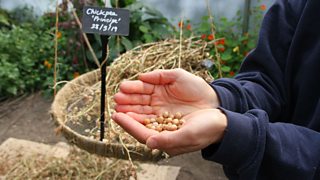
5. Try seed saving
As well as being highly nutritious to wildlife, seeds contain the genetic code for future generations. They are the storehouse for plant diversity, and this store house needs to be well stocked to cope with an uncertain future. Genetic variety makes plants resilient - who knows what forgotten traits may turn out to be useful in a changing climate?
If you don’t already, you could continue the age old gardening tradition of seed saving and help bring heritage varieties back from the brink of extinction. I am a beginner myself, and I am finding it an exciting way to learn more about plants I thought I knew. Sue Stickland’s ‘Back Garden Seed Saving’ book has been an invaluable guide, as have Real Seeds.
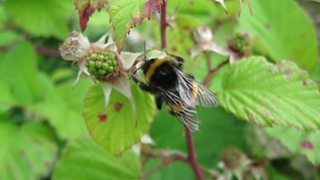
6. Practice selective weeding
While in the throes of weeding let’s remind ourselves that many of our most demonised weeds are important native food plants for wildlife. Nettles feed ladybirds and butterflies (and people!). Ivy’s autumn flowers and winter berries make a great food source for pollinators and birds in times of scarcity. Brambles provide shelter, nectar and berries. Common ragwort attracts moths and butterflies and supports over 200 species of invertebrates. The list goes on! Suffice to say weeds have their place in any ‘wild’ garden and in a gardener’s affections. Explore their qualities and values. Find ways to incorporate them into your schemes. Teasels or hemp agrimony can look beautiful in a herbaceous border. Nettles and the mighty bramble could ramble around the compost bin. And what’s so wrong with some early dandelions in the lawn? A lot of gardening is really about finding a balance between the need to control and let be.
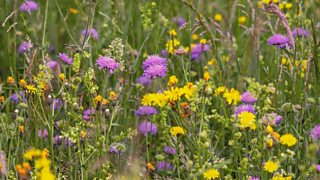
7. Let your lawn shine
A lawn need not be a mono crop of rye grass mown to within an inch of its life! Take a relaxed approach to lawn care, let it grow a bit longer and have some flowering ‘weeds’ in it. If you banish sprays and fertilisers, a rich habitat will develop among the moist roots and nectar laden daisies. If you don’t need the open space for children’s games or deckchairs, you could consider going all the way towards a wildflower patch instead of a lawn.
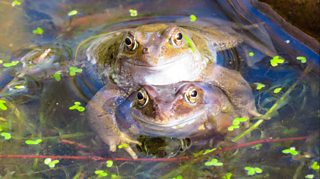
8. Make a pond
A pond, no matter how big or small, adds a whole new habitat to any garden. Send out an open invitation to frogs, toads, newts, pond skaters, dragonflies. Ponds also provide an important place for wildlife to drink. Watching a wasp bring its tiny mouth to drink from the surface of an urban pond was an eye opening moment for me. Bees, birds, hedgehogs - they will all welcome a drink in your garden!

9. Let wildlife flow
Speaking of hedgehogs, it’s important to take into account the flow of wildlife through your garden and minimise hard landscaping. Is there freedom of movement at the boundaries? Would a hedge do instead of a fence or wall? How much paving does one garden really need? These elements make a big difference to how welcoming our gardens are, and whether back gardens can connect up to create a wider wildlife haven in our neighbourhoods.

10. Trees for the bees
When choosing a tree or shrub to plant, pay attention to the pollen and nectar sources you already have in your garden and neighbourhood. Are there any hungry gaps when bees would travel further afield? This kind of observation takes time, so you could just focus on extending the flowering season. Willows, for example, provide essential nourishment in March when groggy, hungry bees are just emerging.
